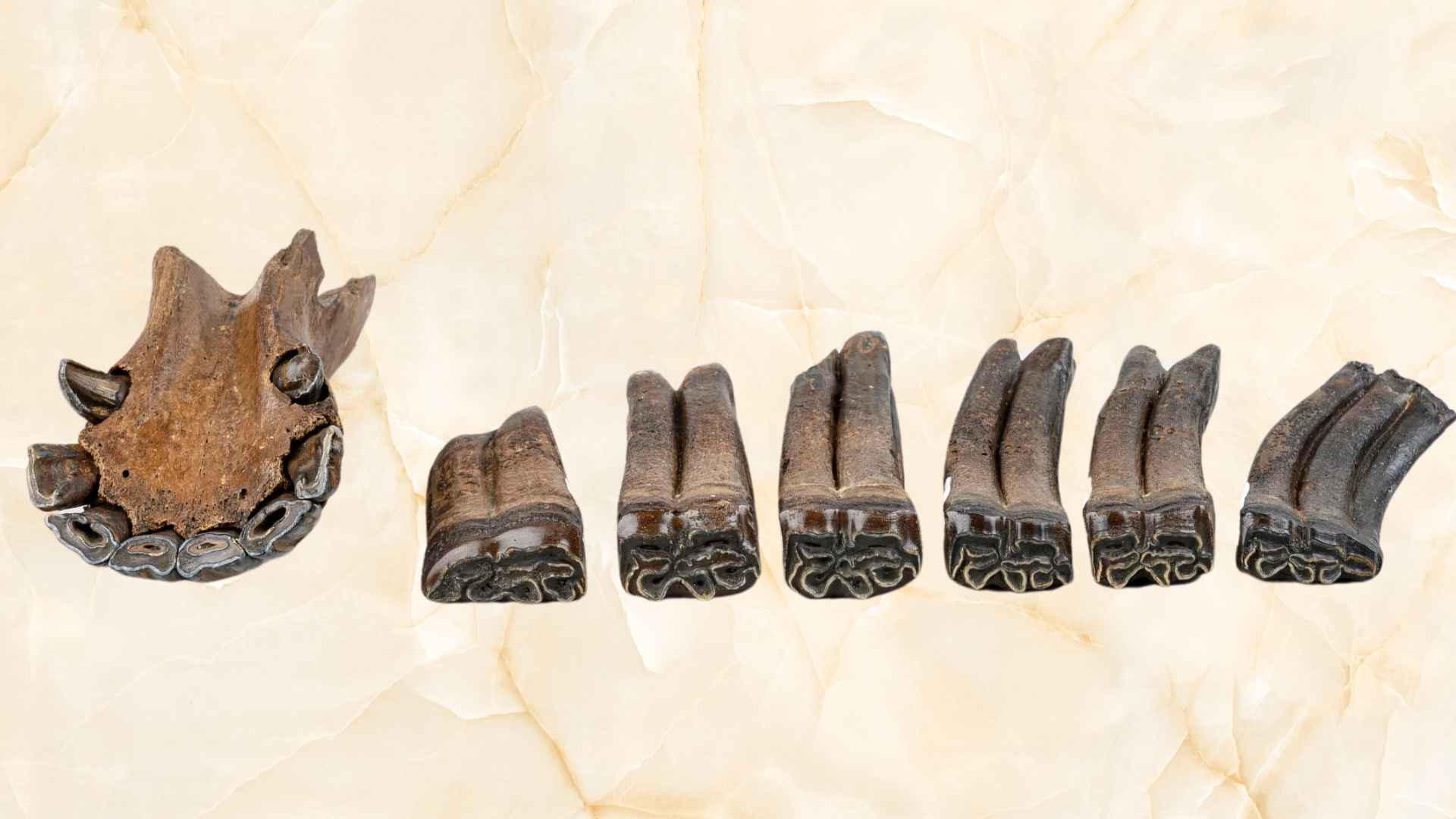Ancient bones from horses, sloths and giant armadillos surface beneath the Steinhatchee River, giving scientists a rare window into Ice Age Florida.
Divers exploring a quiet bend of the Steinhatchee River have stumbled onto a submerged sinkhole packed with remarkably preserved fossils dating back roughly 500,000 years. The unexpected haul promises to plug one of the largest gaps in the state’s prehistoric record and could reshape our view of how mammals adapted to shifting climates.
How a prehistoric sinkhole quietly stored Ice Age animals for millennia beneath the Steinhatchee
The sinkhole formed during the Pleistocene, then lay buried under layers of sand until sport divers noticed unusually intact horse teeth glittering on the riverbed. Curious? So were they—follow‑up dives revealed jawbones, shells, and limb fragments from species that once roamed Florida savannas. “It wasn’t just quantity; it was quality,” said veteran collector Robert Sinibaldi, who has spent decades combing local waterways for relics. These are key finds at a glance:
- Early offshoot of caballine horses
- Holmesina, a giant armadillo relative
- Sloth vertebrae and limb bones
- Tapir skull with unusual features
Collectors and paleontologists immediately partnered under Florida’s fossil permit program to safeguard the site. That teamwork ensures every specimen is cataloged and forwarded to the Florida Museum of Natural History for study before river currents scatter them downstream.
Why the newly discovered Steinhatchee fossils fill a crucial scientific gap for Ice Age researchers
Dr. Rachel Narducci, a vertebrate‑paleontology specialist, confirmed the trove belongs to the middle Irvingtonian phase (1.6 million–250,000 years ago)—a slice of time rarely captured in Florida rock layers. “We finally have bones that show how creatures grew, shrank, or vanished as climates swung,” she noted.
| Species | Age range (years) | Scientific significance |
|---|---|---|
| Holmesina | 300,000–500,000 | Traces foot changes as body mass tripled |
| Caballine horse | 400,000–500,000 | Grazing tooth wear reveals habitat shift |
| Tapir sp. | 250,000–500,000 | Possible new lineage pending more bones |
Can one site really answer so many questions? Scientists think so—the mix of land mammals, freshwater shells, and pollen trapped in sediments could map ancient rainfall patterns and vegetation zones in surprising detail.
What the bones reveal about ancient Florida ecosystems and the importance of citizen‑scientist collaboration
Early analyses hint at a grassier, drier Florida where horses galloped alongside armored armadillos the size of small cars. Meanwhile, sloths lumbered near sinkholes that, sadly, became accidental traps. Consequently, today’s dive teams work slowly, battling murky water and shifting sands to retrieve each fragment intact.
The Steinhatchee discovery underscores how hobby divers, working with permits and professional labs, can transform obscure finds into headline science. More expeditions are planned once river levels drop after summer rains—who knows what else lies below?
The Steinhatchee sinkhole offers an unprecedented snapshot of Florida’s mid‑Ice Age wildlife and climate. Continued careful excavation could rewrite textbooks on how mammals responded to ancient warming and cooling cycles.

